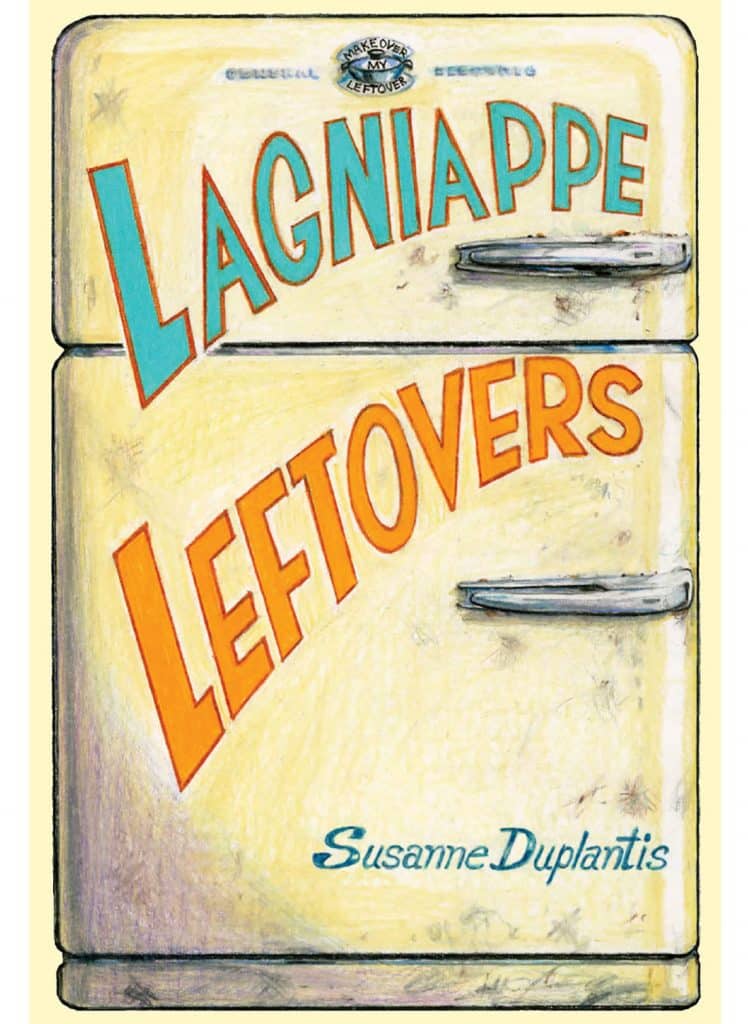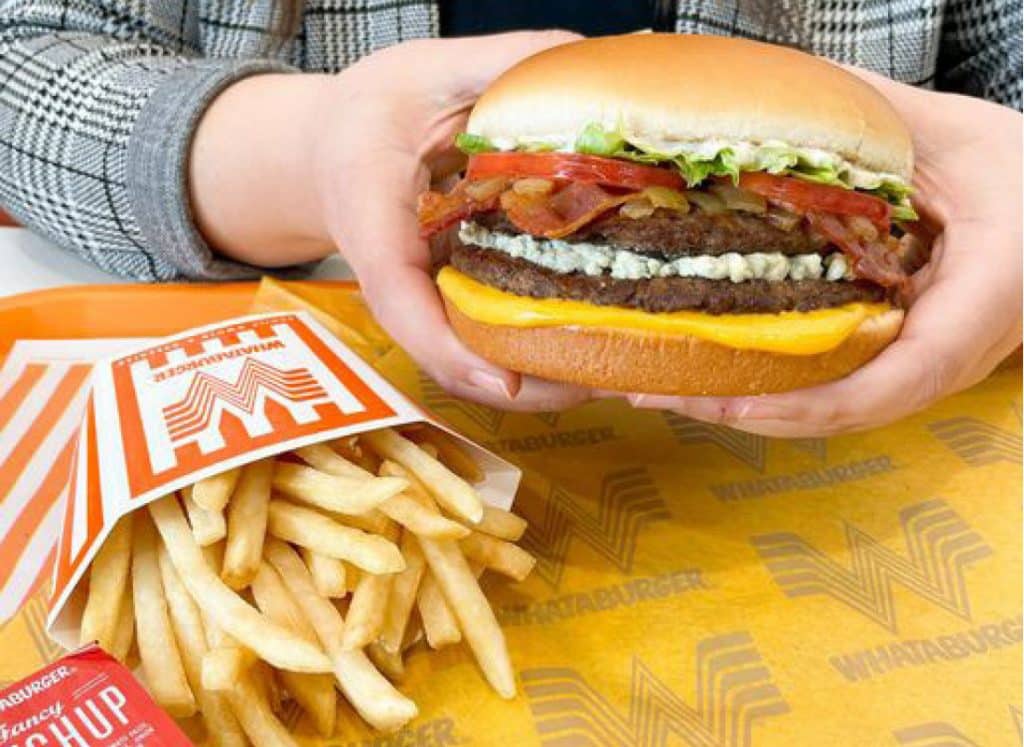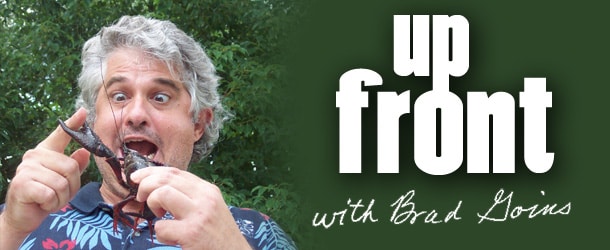The books of Pelican Publishing are a frequent subject of review in Up Front. They concern all things Louisiana, and especially life in the coastal parts of the state. Children’s books are a specialty of the publisher.
Lagniappe Leftovers, a new cookbook by Baton Rouge restaurateur and food show host Susanne Duplantis, has a very particular purpose: to get cooks to use recipes that will eliminate food waste by making use of leftovers in newly prepared dishes.

“In the South, we turn what others throw away into delicacies — hush puppies, boudin and gumbo all take their essential nature from leftovers,” namely, leftover corn meal; leftover parts of a pig; and leftover scraps of meat.
During her 20 years of restaurant work, Duplantis, of course, saw plenty of food waste. One thing in particular that caught her attention was customers who declined to use take-home boxes. She decided to start placing instructions for ways to use leftovers on the to-go boxes that were used.
She established her food blog Makeover My Leftover in 2014. When she started this effort, she began by studying her family’s dining habits. After a while, she realized the plates the family was using were too big and too much food was being put on them. She switched to smaller plates and smaller servings.
Then there was the matter of scraps. Could even such worthless leftovers as apple cores or banana peels be used for some valuable purpose? Well, she learned, it turns out that if you put a banana peel on a roast as it cooks, you keep the meat moist.
After the blog was established, Duplantis began to teach food waste workshops. In these, she advised cooks to start to see “leftovers as start overs.”
Another way to reduce food waste was to minimize the number of optional ingredients in recipes. She says she’s tried to stick to “easy-to-find ingredients.”
If you want to see just how much food waste you or your family produces, put all your food waste in a large garbage bag and see how much has accumulated by the end of a week.
Duplantis offers a great many practical tips for avoiding food waste. For instance, if you eat out, keep an insulated food box in your car; ask for a cup of ice to go when your leftovers are boxed. Also, try putting an “eat first” bowl in the front of your refrigerator. You can fill the bowl with small leftovers or food that may go bad soon.
Jambalaya, says Duplantis, is the Southern version of paella, and came to the south by means of early Spanish settlers. She believes the presence of tomatoes in jambalaya is due to the fact that saffron could not be found in Louisiana. She notes that jambalaya always contains leftovers and says that no two cooks prepare it in the same way.
She recalls that as a child she ate leftover cold jambalaya sandwiches with mayonnaise; to paraphrase words a scholar once uttered: to that extremity of cuisine I will not go. Duplantis provides a recipe for an adult version of her old childhood dish: Crunchy Leftover Jambalaya Salad. Eaten on a croissant, the salad gets a crunch from sliced almonds.
That doesn’t sound as far out as the Leftover Jambalaya Muffins. Even farther out is Cajun Stuffed Fried Okra, which I refuse to promote because it uses ranch dressing as a dipping sauce. (But Duplantis says lime juice can also be used.) For all these food items, Duplantis provides recipes and instructions for preparation.
Moving on to a chapter about etouffée, Duplantis says the term is just “a fancy French word for ‘smothered.’” (She says that a Creole — which uses a tomato base rather than a dark roux — can be substituted for etouffée at any time.) She uses leftover etouffée to make such things as pizza bread, enchiladas and shrimp marinara.
Duplantis states that gumbo is a dish that was created in south Louisiana in the 1700s. Its status rose considerably by the 1970s, when it was added to the menu of the U.S. Senate cafeteria (in recognition of longtime Louisiana Senator Allen Ellender). The offerings for leftover gumbo are few but diverse: gumbo dip, gumbo sloppy joes and gumbo casserole.
The chapter “Louisiana Seafood Saturday Night” covers everything from crawfish boils to fried seafood. Duplantis says she likes every part of a crawfish boil except dropping the live crawfish in the pot. Sometimes she gets so excited about one that she has trouble sleeping the night before.
Catfish is my favorite fish; but I can’t imagine being able to get down a bite of Pickled Fried Catfish. I feel quite a bit more drawn to Fried Onion Ring Butter, which has only two ingredients — leftover fried onion rings and butter.
Also in the Seafood Saturday Night chapter, you’ll find the recipe with the most impressive title of any in the volume: “Pig In A Cloud” — Stuffed Sausage Bread With Crawfish Buttercream Sauce And Five-Pepper Jelly. Now this one is unusually long for the volume, having 26 ingredients. (You’re supposed to make the jelly yourself.)
There’s a chapter on grits, beans and rice recipes. Leftover Grits Golden Bread is the most appetizing dish in the book from my perspective. Duplantis says the Golden Bread can be used as French toast. Her Steamy Red Bean Buns are a variation on the popular Chinese bun desert.
The book has additional chapters on such matters as desserts and MeMaw’s old recipes.
No one can fault Duplantis for lack of creativity. These are the actual names of some of the recipes to be found in the book: Watermelon Rind French Toast Sticks, Fried Chicken Okra Ramen, PB&J Chicken Legs and Pecan Pie Baked Salmon.
Duplantis is a certified health education specialist who has competed in several international cooking competitions. She has developed recipes for several national brands. She’s appeared on the Netflix show Best Leftovers Ever and has her own cooking show on Baton Rouge’s WAFB. In addition to living with her husband, she has a goat (Fred).
It’s Really Happening!
It looks like Whataburger will return to Lake Charles. The new franchise will be located on a Country Club Road lot across from Trinity Baptist Church.

This is big, folks, really big. Let’s be real: this is every bit as big as getting a new chicken strip drive-thru lane — maybe even bigger.
Virus Still Changing Things
For months now, COVID-19 has been off my radar. I guess that’s because it’s been off the radar of everybody around me.
But judging from comments made by the Centers for Disease Control a few weeks ago, the virus has been off their radar too. My understanding was that they were eliminating all their suggestions for wearing masks and distancing. Their position, as I understood it, was that COVID-19 was going to be around for the long-term and it was best to just accept it and get used to it.
But the coastal Louisiana school year had hardly begun before school changes were being made on a daily basis. On Friday, August 12, Wedgewood Elementary in Baton Rouge went to remote learning when several students tested positive for COVID-19. But in-person classes were expected to resume as usual Monday, August 15.
On that same day, Southern University in Baton Rouge announced it would reinstate its mask mandate. And then, on August 16 — the very next day — the university un-reinstated its mask mandate.
Complicating all this is the fact that when a change of this sort takes place, school staff have to start making lists of all the people who have come in contact with students who have tested positive. Well, maybe that’s not so bad. They say teachers are looking for things to do anyway.















Comments are closed.